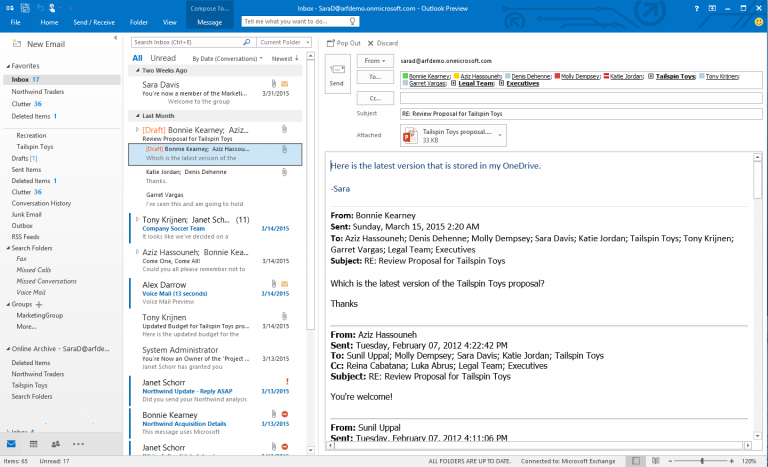

CSV file can be created in Excel or even in a text editor such as Notepad.Īfter all this is done, you’re finally at the point where you can connect Office 365 to your on-premise mail system. CSV file and you can create multiple files if you need to migrate more mailboxes than that.

First you have to create the user accounts in Office 365 that correspond to your on-premise users, and then create a list of the mailboxes that you want to migrate in a. And you’re still not yet ready to connect the systems. Note that you also must verify that you own the domain, which you can do, as an Office 365 global admin, using the domain wizard in Office 365. You’ll also need to disable Unified Messaging if it’s enabled on the mailboxes you want to migrate (you can turn it back on after they’re migrated). You also must make sure you have the proper permissions for accessing the mailboxes that you want to migrate over to Office 365 (Domain Admins group members have these permissions). You’ll need to configure Outlook Anywhere on the Exchange server and verify that you can connect through it. There are several preparatory actions you need to take before connecting Office 365 to the on-premise Exchange server. If you’re still running Exchange 2007, it’s a little more complicated.
#MAC OUTLOOK NOT CONNECTING TO OFFICE 365 HOW TO#
I discussed how to use this wizard in my series titled Saying Goodbye to On-premises Exchangeover on. If you’re running Exchange 2010 or 2013, the Hybrid Deployment Configuration Wizard makes it easy. There are a number of preparatory actions that you need to complete prior to connecting your on-premise Exchange server to Office 365. This means you’ll connect Office 365 to your on-premise email system and then gradually move user mailboxes over to the cloud. More and more organizations are taking the plunge and migrating their on-premise Exchange mail systems to the cloud, but in many cases, rather than move everything all at once, it makes more sense to set up a hybrid configuration so that you can do a staged migration.


 0 kommentar(er)
0 kommentar(er)
